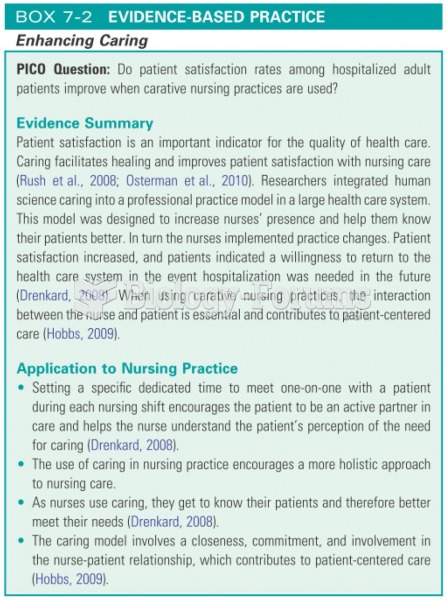The licensed practical/vocational nurse is caring for a client who recently became blind from retinitis pigmentosa (RP), a rare disease.
A retina implant is available, which early clinical trials support its safety and ability to return eyesight to once-blind individuals, but the Food and Drug Administration (FDA) will not approve its use for all clients, and the physician who invented the implant cannot find financial support to complete all of the expensive clinical trials to gain full FDA approval. The FDA is also reluctant to grant a hardship case so clients may have the implant. The nurse recognizes this as what type of ethical dilemma and which approach should she take?
A) This is a society ethical dilemma and there are others who need the retina implant on a waiting list across the United States, so the nurse should go to congressional leaders to propose a bill to permit streamlining for hardship cases through the FDA for clients with RP to receive the implant and support for hospitals to allow surgeons to perform the operation.
B) This is an individual ethical dilemma, and the nurse needs to represent just this individual because it will take too long to fight for others in similar circumstances. The nurse needs to help the client to file a form for a hardship case with the FDA for the retina implant.
C) This is a situational ethical dilemma, and the nurse needs to weigh treatment options or training to function being blind for the client and the pros and cons of all situations.
D) This is strictly a legal issue, so the nurse would serve the client best by helping her to secure an attorney who will work pro bono.
Question 2
A nursing student is caring for a client admitted with pneumonia. The client believes that when the person is sick, the family cares for his or her every need.
The client also believes that once the person feels better, then the person will push the family away and begin caring for self. When the student is planning the care, which intervention is appropriate?
A) Provide all basic care needs until the client is ready to perform tasks
B) Involve the family with basic care needs of client
C) Instruct the client on the importance to participate actively with basic care
D) Instruct the family on how to administer the medications






